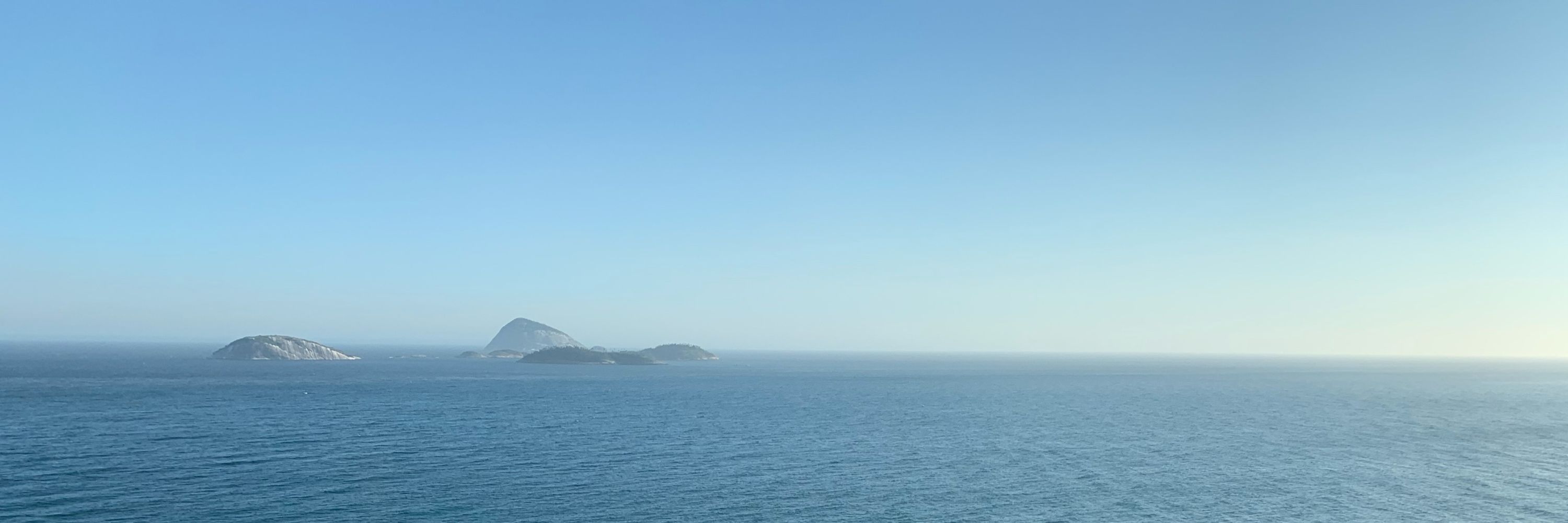Luís M. Silva
@luismsilva.bsky.social
3.9K followers
2.2K following
95 posts
Disease ecology and evolution 🧬| Parasites 🦠 | Postdoc with @kayla-king.bsky.social at UBC 🇨🇦 | Music geek and art lover | he/him | 🇵🇹
📍Vancouver, CA
https://luis-m-silva.com/
🏳️🌈🏳️⚧️✊🏽✊🏿Safe space for everyone
#DiversityInSTEM #FirstGen #OpenScience #AcademicSky
Posts
Media
Videos
Starter Packs
Pinned
Luís M. Silva
@luismsilva.bsky.social
· Aug 25
Reposted by Luís M. Silva
Reposted by Luís M. Silva
Reposted by Luís M. Silva
Reposted by Luís M. Silva
Reposted by Luís M. Silva
Reposted by Luís M. Silva
Reposted by Luís M. Silva
Reposted by Luís M. Silva
Reposted by Luís M. Silva
Luís M. Silva
@luismsilva.bsky.social
· Sep 5
Reposted by Luís M. Silva
Benoit Pons
@benoitjpons.bsky.social
· Sep 4

Phage provoke growth delays and SOS response induction despite CRISPR-Cas protection | Philosophical Transactions of the Royal Society B: Biological Sciences
Bacteria evolve resistance against their phage foes with a wide range of resistance
strategies whose costs and benefits depend on the level of protection they confer
and on the costs for maintainance....
doi.org
Reposted by Luís M. Silva
Reposted by Luís M. Silva
Luís M. Silva
@luismsilva.bsky.social
· Sep 3

Metabolic reprogramming and gut microbiota ecology drive divergent Plasmodium vivax infection outcomes in Anopheles darlingi
Anopheles darlingi is the principal malaria vector in the Amazon basin, where Plasmodium vivax accounts for the majority of cases. Despite its epidemiological importance, the molecular and microbial d...
www.biorxiv.org
Reposted by Luís M. Silva
Reposted by Luís M. Silva






















